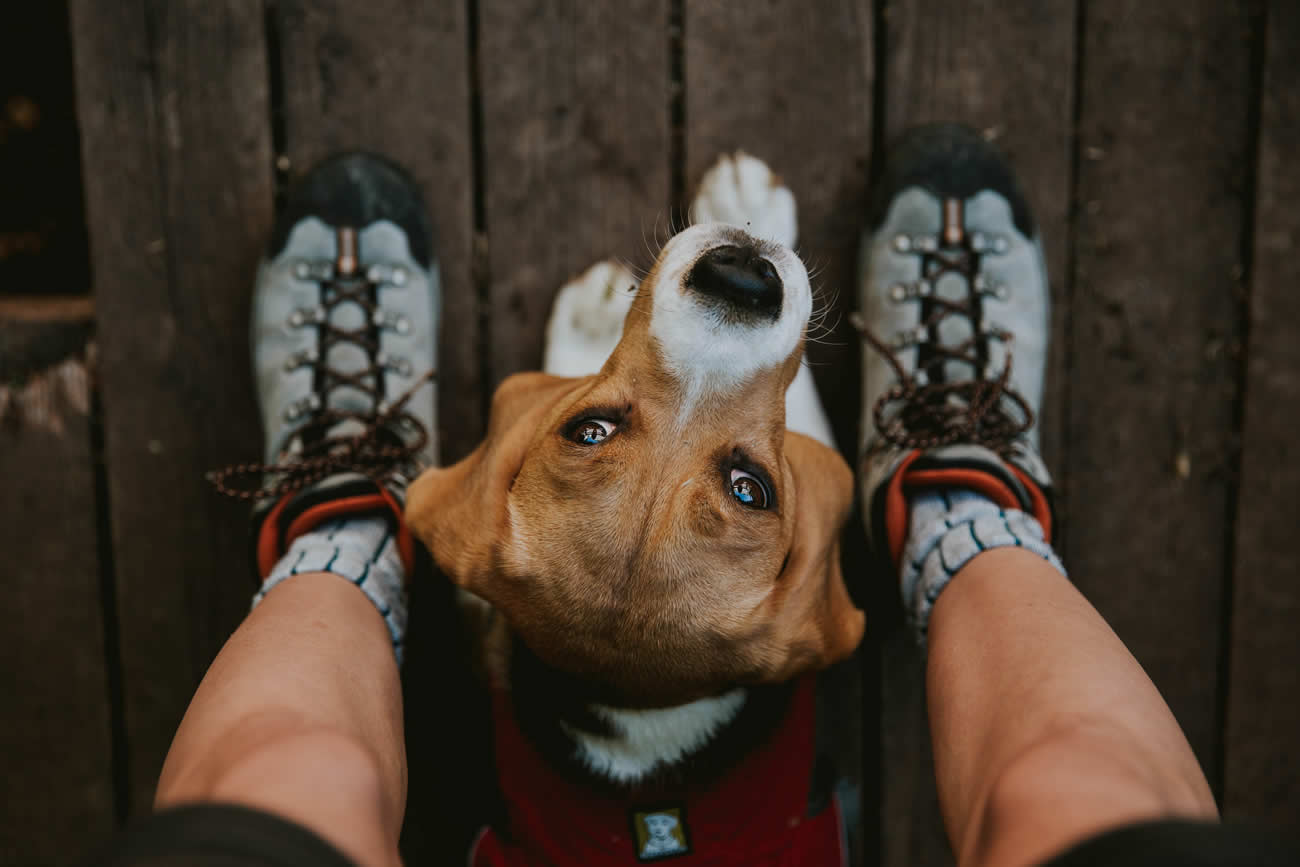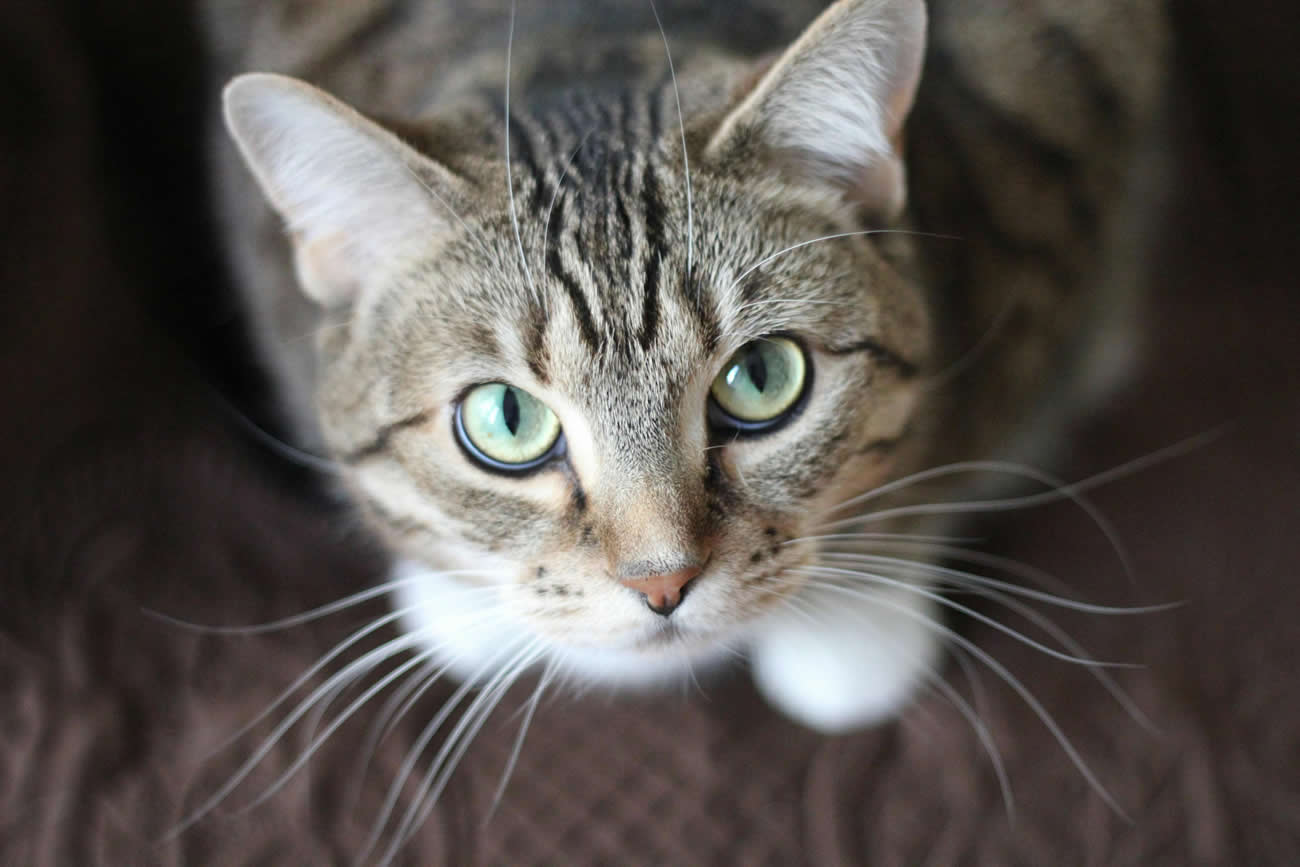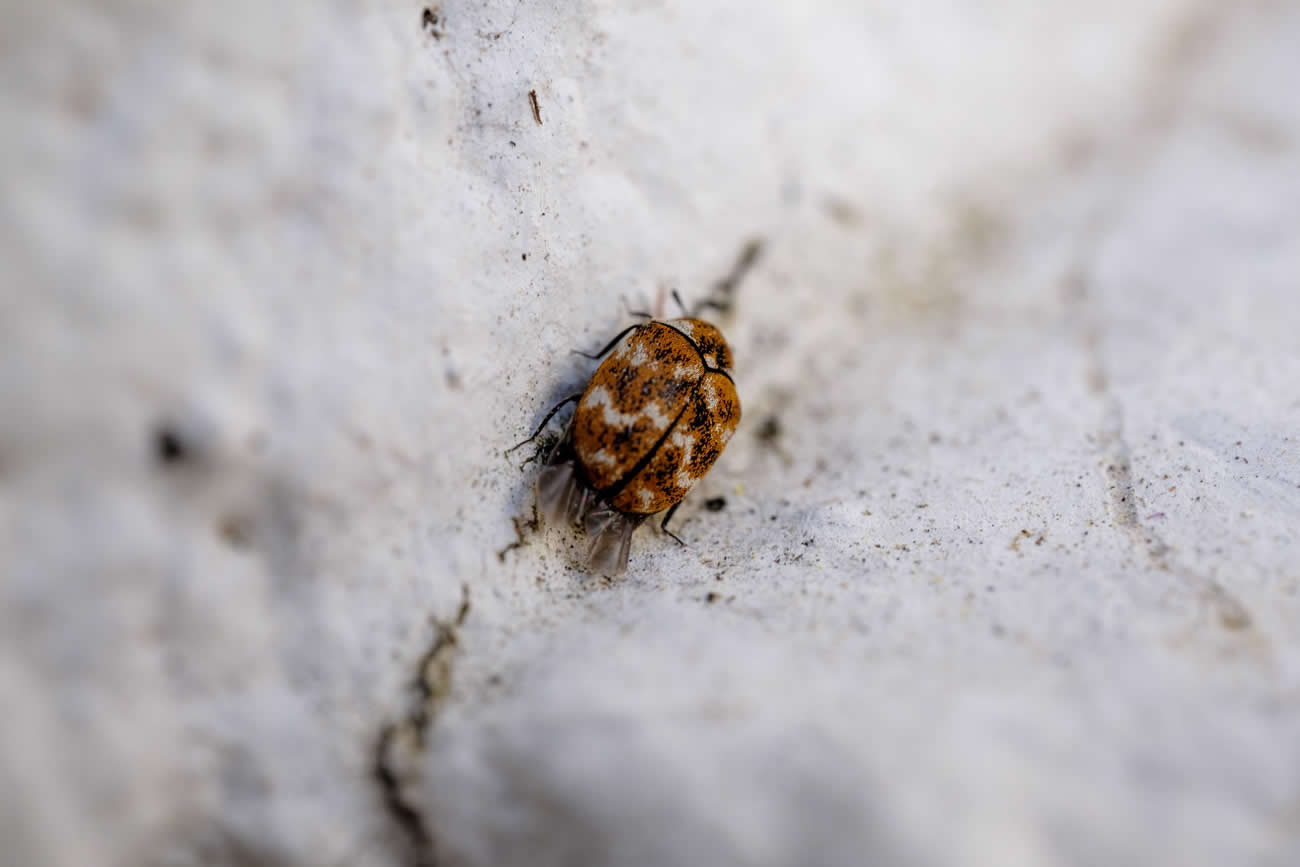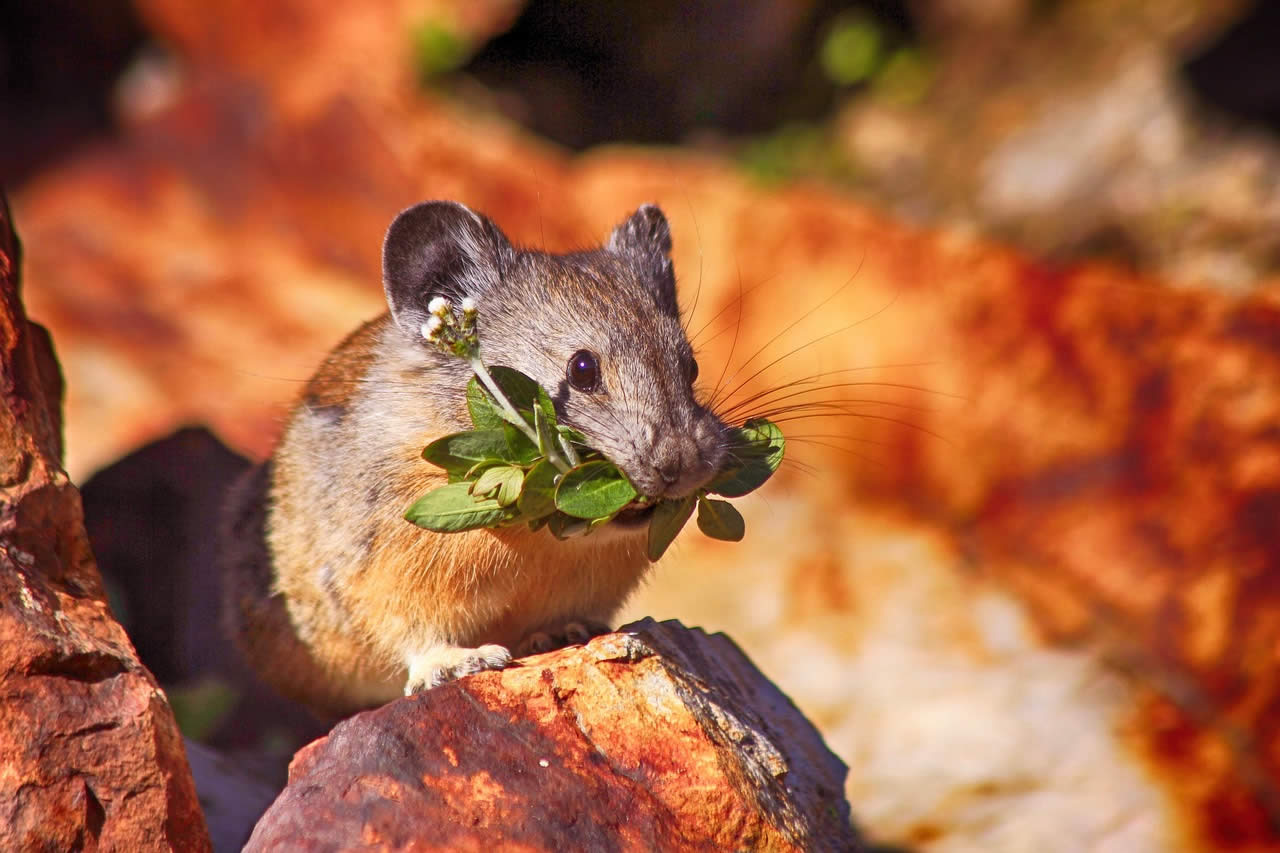A surprising fact: 90% of a flea’s life cycle happens in your home, not on your pet.
Every pet owner should know what flea eggs look like. These tiny troublemakers measure just 0.5 millimetres in length—about the size of a grain of salt. Their small size can be deceiving. A single adult flea lays up to 50 eggs each day, and these eggs represent more than half of any flea population.
The oval-shaped eggs create an interesting challenge. They lack any sticky coating, so they roll off your pet’s fur within hours of being laid. They end up deep in your carpets, furniture, and garden. The right conditions allow these eggs to hatch in just 48 hours, making early detection a vital part of stopping a full-blown infestation.
Let us show you how to spot these flea eggs, where they commonly hide, and what makes them different from other similar-looking substances in your pet’s fur.
Table of Contents
ToggleWhat Do Flea Eggs Look Like to the Human Eye?
You need a sharp eye and proper knowledge to spot flea eggs. These tiny pests can easily go unnoticed in their earliest life stage until you have a serious infestation.
Size and shape characteristics
Flea eggs are very small – about 0.5 mm long and 0.3 mm wide. They’re just a bit bigger than a grain of table salt. You can see them with your naked eye if you look carefully enough.
The eggs have an oval, elongated shape with rounded ends. A closer look under magnification shows they look like tiny white jelly beans or miniature rice grains. You can identify them by their smooth surface and rounded shape.
Colour and texture details
New flea eggs look semi-transparent and shiny, ranging from colourless to white. They become more opaque and pearly-white as they mature. This colour change helps you track the age of eggs during an infestation.
Healthy flea eggs have a smooth texture without any dents. You’ll notice dimples or collapse in eggs that won’t hatch or have been exposed to insecticides. The eggs feel sticky right after they’re laid but dry out within hours.
People say flea eggs look like:
- Miniature pearls
- Grains of salt or sugar
- Tiny china eggs
- Dandruff flakes
How they differ from adult fleas
Adult fleas are brownish-red insects that measure 1-3 mm in length. The eggs are nowhere near as big and appear completely white or off-white. Adult fleas have legs built to jump and move through pet fur, while eggs can’t move at all.
Adult fleas move much faster and can quickly hide in your pet’s fur when disturbed. The eggs have a soft outer shell called a chorion instead of the hard exoskeleton found on adult fleas.
The colour difference makes it easy to tell them apart. The brownish-red adults stand out against the pearl-white eggs, even though both are quite small.
Where to Look for Flea Eggs on Different Pets
You need to know the right spots to look for flea eggs on your pet. These tiny white oval specks can fall off your pet’s fur and spread around your home. They’re hard to spot before they turn into a bigger problem.
Common hiding spots on cats
Cats show different patterns of flea egg distribution than dogs. You’ll mostly find flea eggs around your cat’s head and neck. This explains why cats with flea allergies often get irritated skin in these areas. Adult fleas love these spots on cats and lay their eggs there before they drop off into your home.
A good tip is to check your cat’s favourite sleeping spots because flea eggs quickly fall into their bedding. Cats have softer fur which makes it easier to comb through and find flea eggs compared to dogs.
Typical locations on dogs
Dogs carry flea eggs in different places. You should look at the back half of your dog’s body. The best spots to check are around the ears, along the back, near the tail base, and close to their stomach. Adult fleas love hiding in these areas, which makes them perfect spots for laying eggs.
Dogs that have flea allergies usually get irritated skin around their rump, tail base, and sometimes their back and inner thighs. Don’t let short hair fool you – even short-haired dogs can have hundreds of fleas.
Challenges with different coat colours and lengths
Your pet’s fur colour and length can make it harder or easier to spot flea eggs. Light-coloured fur creates problems because white or off-white eggs blend in naturally. You’ll need special tools in these cases.
Thick or long coats make things trickier since eggs can hide deep in the fur. Dark fur works better because pale eggs stand out more clearly. The best approach for any coat type is to use a fine-toothed flea comb and check what you find against something white.
Tools and Techniques for Spotting Flea Eggs
The right tools will help you spot those hard-to-see flea eggs that your eyes might miss.
Using flea combs effectively
Flea combs are great tools with fine, close-set teeth that trap fleas, their eggs, and faeces. A metal-toothed comb works better than plastic ones because they last longer and do a better job.
To use a flea comb properly:
- Brush your pet’s fur first to remove any mats
- Make your pet comfortable in your lap or get someone to help you
- Comb slowly with the fur’s grain right next to the skin
- Dip the comb in lukewarm soapy water after each pass to kill any fleas you catch
- Focus on areas like armpits, groyne, neck, ears and tail base
You should comb your pet once a week during summer. Do it more often if your pet plays with other animals regularly.
Magnifying tools for better visibility
Flea eggs are tiny – about 0.5 millimetres, similar to a grain of salt. A regular magnifying glass helps you spot their oval shape and tell them apart from other debris.
You can place any suspicious specks on a dark surface and look at them under magnification. This works really well with light-coloured pets where eggs blend into their fur.
The black paper test method
The paper test is one of the best ways to check if fleas are present. Just put dark paper under your pet while you comb. Any eggs that fall off will show up as tiny white specks against the dark background.
The wet paper test helps identify flea dirt (faeces). Add some water drops to black specks on the paper. If they turn into reddish-brown stains, you’ve found flea dirt. This happens because flea dirt is mostly undigested blood.
This simple test helps you tell the difference between regular dirt and actual flea evidence without buying expensive equipment.
Distinguishing Flea Eggs from Look-alikes
White specks in your pet’s fur can be confusing since they might look like flea eggs. Let me help you spot the differences so you can figure out what you’re dealing with.
Flea eggs vs dandruff: Key differences
Flea eggs and dandruff might fool you at first glance, but they’re quite different up close. Flea eggs have a consistent oval shape with rounded ends, but dandruff shows up as irregular flakes. You’ll find flea eggs are tiny – about 0.5 mm long and 0.3 mm thick – looking just like miniature rice grains. Dandruff flakes don’t stick to any particular size.
The way they behave tells you the real story. Dandruff clings to your pet’s fur and builds up over time. Flea eggs don’t stick around – they usually fall off your pet within two hours after being laid. So if those white specks stay put even after brushing, you’re probably looking at dandruff.
Flea eggs vs sand or salt granules
People often mistake flea eggs for salt or sand grains because they look similar in size and colour. But salt and sand have sharp, crystal-like edges, while flea eggs are smooth and oval-shaped.
Rub them between your fingers and you’ll feel the difference. Salt and sand feel rough, but fresh flea eggs feel smooth. Put them under a magnifying glass and you’ll see flea eggs have a distinct oval shape with a pearly shine, nothing like the jagged edges of salt or sand crystals.
Flea eggs vs flea dirt (faeces)
The easiest comparison to make is between flea eggs and flea dirt. Flea dirt looks like ground pepper specks, creating what we call a “salt and pepper” look next to the white eggs. The stark black and white contrast makes them easy to tell apart.
Here’s a simple test: put the black specks on white paper and add a water drop. Flea dirt dissolves into reddish-brown stains because it contains digested blood. Flea eggs stay white and whole when wet.
These substances might look like flea eggs at first, but you can spot the real thing by checking their shape, stickiness, and behaviour.
Our Final Say on Flea Eggs!
Early detection of flea eggs can prevent a minor issue from becoming a full-blown infestation. Knowledge about their appearance, preferred locations, and detection methods helps catch these tiny troublemakers before they multiply.
These pearl-white oval eggs are just 0.5mm – barely visible to the naked eye. A metal-toothed flea comb used regularly around your pet’s favourite spots will help you keep up with trends. Dark paper tests and magnification tools become valuable allies as you scrutinise suspicious white specks.
Flea eggs shouldn’t be confused with dandruff, sand, or other similar particles. Their smooth, uniform shape and non-sticky texture distinguish them from common imposters. Your pets will stay comfortable and your home flea-free through consistent monitoring and proper identification techniques.
Are you looking for pest control in Herefordshire? Get in touch with us and a local pest removal company will be in touch.






